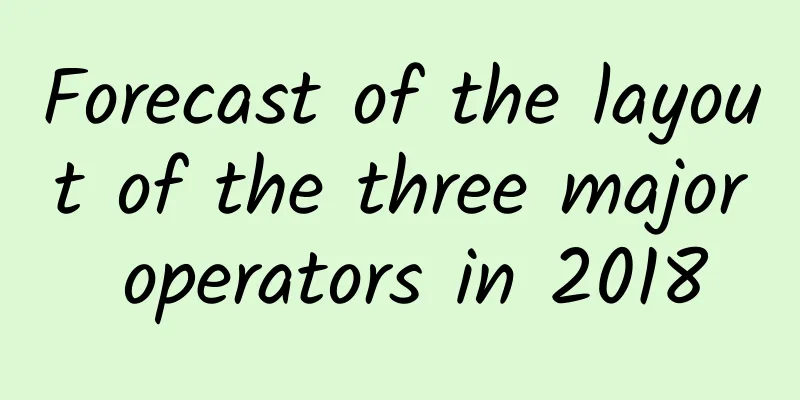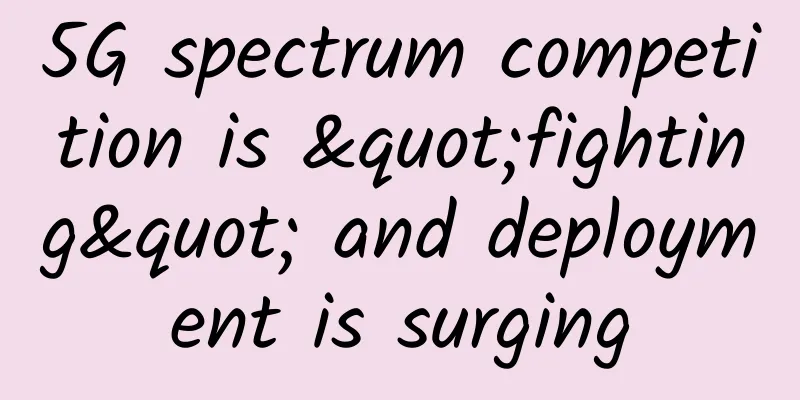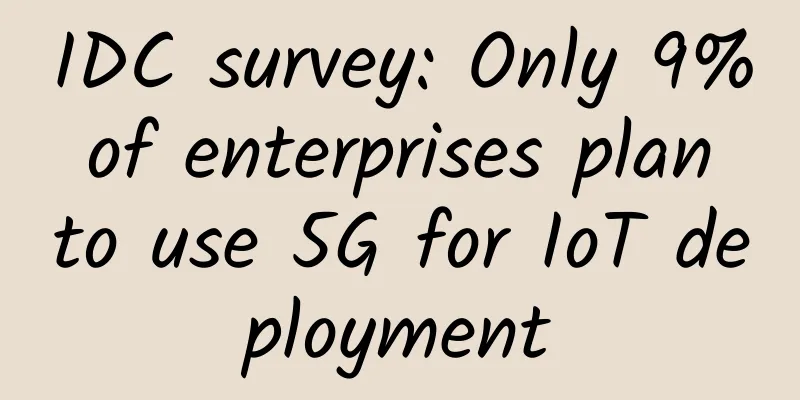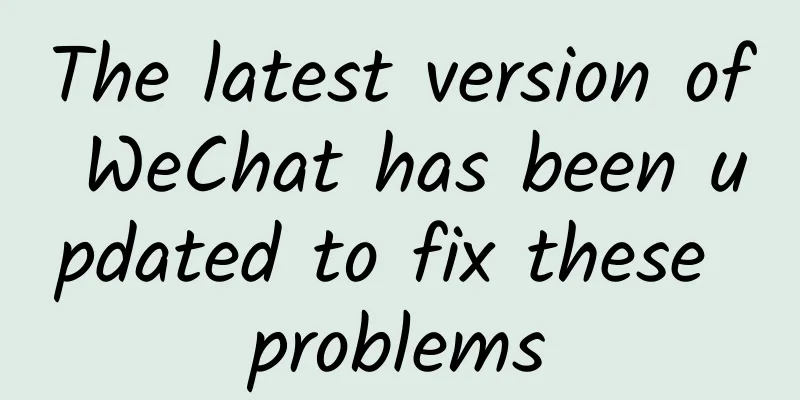Forecast of the layout of the three major operators in 2018

|
2017 is coming to an end. In this year, the total volume of telecommunications business increased by 69%, optical network cities were fully built, domestic long-distance and roaming charges for mobile phones were completely abolished, the second phase of 5G technology research and development trials were completed, and the pilot mixed-ownership reform in the basic telecommunications field achieved a major breakthrough... Looking ahead, what will be the development direction of China's telecommunications industry in 2018? How will the three major operators plan their business in 2018? We can make predictions based on the development trajectory of this year.
China Telecom: The ecosystem has reached a certain scale and will seek breakthroughs in 2018 At the end of 2016, China Telecom first proposed the concept of "ecosystem" and made it clear that during the "13th Five-Year Plan" period, China Telecom will work with the industry chain to create five business ecosystems: smart connection, smart home, Internet finance, emerging ICT, and Internet of Things. Under this strategic direction, in 2017, China Telecom's five ecosystems were simultaneously improved and the first fruits were harvested: the smart connection ecosystem expanded rapidly, the foundation of the smart home ecosystem was consolidated, the emerging ICT ecosystem had a good momentum, the Internet of Things ecosystem had taken shape, and the development of the Internet finance ecosystem was accelerated. It has become the world's largest FDD 4G, fiber broadband, IPTV and fixed-line operator. According to the official disclosure of ***, China Telecom has set the tone for its work in 2018: "accelerating the pace of network intelligence, business ecology, and operation intelligence" as a long-term task. It can be seen that 2018 will be a key year for China Telecom to continue to deepen its transformation and upgrading, and it is necessary to accelerate and deepen the construction of the ecosystem and achieve a new breakthrough. China Mobile: “Big Connection” - the constant pursuit The Internet of Things is a new market with tens of billions of connections and a trillion-dollar scale. China Telecom has seen the potential, China Unicom has also seen it, and China Mobile has seen it even more. Therefore, a year ago, China Mobile grasped the trend of technological evolution and the characteristics of the era of the Internet of Everything, formulated a future-oriented "big connection" development strategy, and declared that "on the basis of the existing billion-level human-to-human connection services, we will promote the expansion of connection objects from individuals to families, enterprises and the Internet of Everything, and strive to double the number of connections by 2020 compared to 2015, and double the number of connections from 860 million customers to 1.75 billion." With the opportunities brought by 5G, it is expected that by 2020, the domestic Internet of Everything market, including networks, hardware platforms and services, will reach 1 trillion US dollars, and by 2025, the world will create a new market size of more than 10 trillion US dollars in nine major industries such as transportation, health and finance. This huge cake will inevitably drive China Mobile to unswervingly deepen the implementation of the "big connection" strategy. China Unicom: Fighting the tough battle of "mixed reform" In 2017, as a pioneering year for SOE reform, China Unicom fired the first shot of "mixed ownership reform" at the central SOE group level. For China Unicom, which has always been the third largest telecommunications company, although BAT giants have participated in the "mixed ownership reform", it must break the original mechanism and system to truly enter market-oriented operations, and this process will be quite difficult. The 2018 annual meeting of the Ministry of Industry and Information Technology held on December 25 proposed that in 2018, reforms in key areas should be accelerated, and mixed ownership reforms of telecommunications and military enterprises should be carried out well. This is also a signal for the mixed ownership reform process. It can be predicted that in 2018, the "mixed ownership reform" of state-owned enterprises including China Unicom will continue to heat up and accelerate in depth. However, for China Unicom, "mixed ownership reform" is more like a protracted war than a tough battle. Come on in 2018. Different paths lead to the same destination: same battlefield, same dream - 5G In 2017, the second phase of 5G technology research and development was completed. With the first version of the 5G new air interface international standard for non-independent networking completed as planned, 5G research has entered a new stage. As a national strategic deployment, in order to gain the right to speak on 5G international standards, China's telecom operators will certainly go all out in this new battlefield and conduct relevant experiments in major cities across the country to make full preparations for subsequent trial commercialization and large-scale commercialization. Virtual operators: boil until drops of water become beads before commercial use During the pilot period, the virtual operators, which had been in an awkward position and had a low presence, finally made it through. At the National Industrial and Information Technology Work Conference held recently, the Ministry of Industry and Information Technology finally announced that "mobile communication resale business will be officially put into commercial use in 2018." This is a very good "welcome gift" for mobile resale companies that have been working hard for four years. But the cruel reality is that although virtual operators are about to usher in official commercial use, for some virtual operators that have not yet found their own positioning, as traditional operators further deepen their speed increase and fee reduction, the market squeeze after the top virtual operators become stronger will inevitably accelerate the demise of these weak resale companies. It can be said that some are happy and some are worried. For the entire telecommunications industry, 2018 is still a continuation and deepening of the policies of 2017. However, in the seemingly unchanged situation, there is a force that is advancing step by step according to the rhythm. Although it is not a leap, it has been uninterrupted and non-stop, and finally promoted major changes in history. |
>>: Three major trends in digital transformation in 2018, blockchain will usher in spring
Recommend
Industry insiders look at this: The history of 5G at the two sessions
[[327682]] A 5G+ holographic remote same-screen i...
Traditional SMS is rising against the trend with the help of 5G. What do you think?
In recent years, it seems that it has become a fa...
Sharktech: 10Gbps unlimited traffic server starting from $259/month, dual E5-2678v3/64G memory/1T NVMe disk/5IPv4/60Gbps defense
Sharktech's special promotion machine this mo...
CMIVPS: Hong Kong high-bandwidth KVM 30% off, three-network direct connection, Hong Kong/US independent servers online
CMIVPS is a Chinese VPS service provider, providi...
What factors determine the price of HTTPS certificates?
In the era of big data, when information is trans...
IndoVirtue: Singapore direct VPS starting at $7 per month, 1G RAM/20GB hard drive/400GB monthly traffic
IndoVirtue is a foreign hosting company founded i...
It has been almost three years since number portability was implemented. Who is the winner among the three major operators?
Since the three major operators in my country occ...
It is easy to raise a sail in the river, but it is difficult to sail against the current - Huawei is making full efforts in the public cloud 2.0 era
[51CTO.com original article] Recently, Huawei and...
ABI: Massive MIMO improves capacity and availability in 5G operator speed tests
[[425783]] For years, there has been a debate ove...
Friendhosting Valentine's Day promotion: 30% off all VPS/virtual hosts, VPS half-year payment from 11.9 euros
Friendhosting has launched a 30% discounts for Va...
Gcore (gcorelabs) Santa Clara VPS simple test
A few days ago, we posted simple test information...
Rather than calling it a skill, it is better to call it a history of blood and tears. Do you really know how to choose a router?
Whenever I am praised for my shopping skills, I c...
3 Types of Wireless Network Site Surveys and How to Perform Them
Designing and maintaining a network is complex, b...
Discussion on 5G network construction plan
Labs Summary This paper proposes a 5G network arc...
Aruba Expands Instant On Portfolio to Support Business Continuity and Rapid Capability Expansion for SMBs
Recently, Aruba, a subsidiary of Hewlett Packard ...









